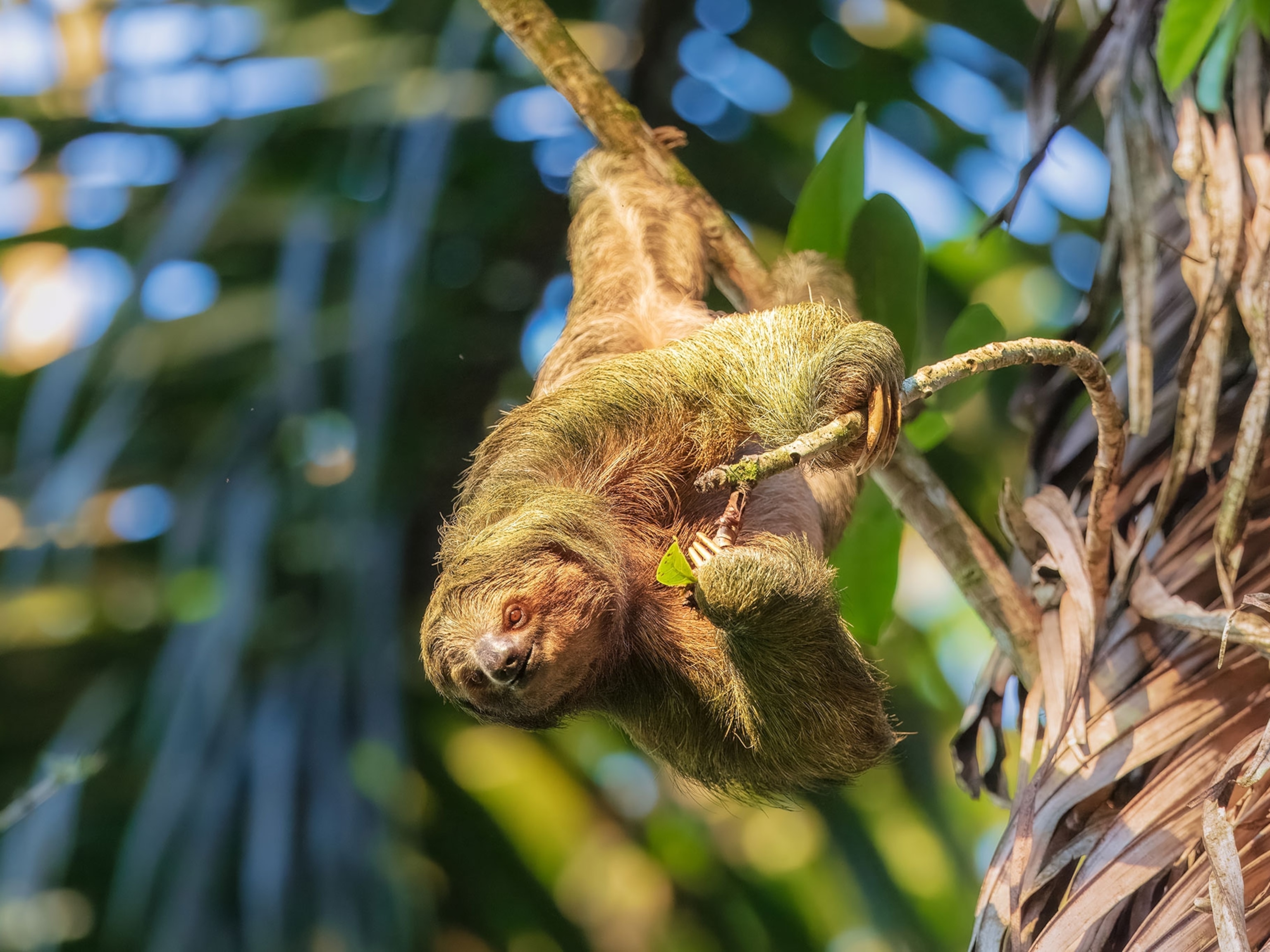
Virus That Twists Snakes Into Knots Revealed
Ebola-like virus may be result of two viruses merging.
Scientists have finally found the cause of a mysterious disease that makes snakes tie themselves up into knots, stare off into space, and waste away—the reptiles are infected with an Ebola-like virus, a new study says.
The fatal condition known as inclusion body disease (IBD) was first diagnosed in snakes, particularly pythons and boa constrictors, in the 1980s.
Snakes diagnosed with IBD will often exhibit behavioral abnormalities, including an inability to flip over when turned on their backs and "stargazing," which involves staring off into space and weaving their heads back and forth as if drunk. They are also more likely to contract other diseases, such as bacterial infections in their mouths.
Infected snakes often refuse to eat, or regurgitate their food when they do.
"They begin to waste away," said study co-author Mark Stenglein, a biochemist at the University of California, San Francisco.
Scientists have long suspected a virus was behind IBD because the disease can be transmitted between snakes and is characterized by the buildup of proteins in cells, a feature of a number of viral diseases, Stenglein said.
But direct proof that a viral agent is responsible has been lacking-until now.
(Also see: "Python Hearts Double in Size—Now We Know Why.")
Decoding the Snake Virus
Stenglein and his team analyzed the genetic material of snakes infected by IBD at the Steinhart Aquarium in San Francisco during a recent outbreak.
In addition to the known snake genome, they found genetic material belonging to a previously unknown virus. (See snake pictures.)
It appears to be most closely related to a class of viruses known as arenaviruses, that have only been known to infect mammals, namely rodents and people. However, the new virus doesn't fit into the two categories of arenaviruses-New World and Old World-that are currently known.
The snake virus also contains a gene closely related to one found in the Ebola virus, which belongs to a different class known as filoviruses. Ebola, one of the most contagious known viruses, causes death through severe hemorrhaging when it infects humans.
The fact that that the new snake virus contains aspects of two completely different classes could mean that its origins stretch back tens of millions of years.
If that's true, the snake virus is at least 35 million years old, said Stenglein, whose study appeared in August in the journal mBio.
Snake Virus a Hybrid?
Another possibility, the team says, is that the snake virus was created by a more recent merger of an arenavirus and a filovirus.
David Sanders, an Ebola researcher at Purdue University in Indiana, called the new discovery "exciting," but said he does not think the new virus is likely to provide any new information about Ebola, which is itself a very mysterious disease with murky origins. (Read why scientists can't cure Ebola.)
As for IBD, said Stenglein, there's still no treatment or cure.
But the new discovery means that vets and zookeepers could soon have a diagnostic test to genetically screen snakes for the disease before introducing them to a collection.





